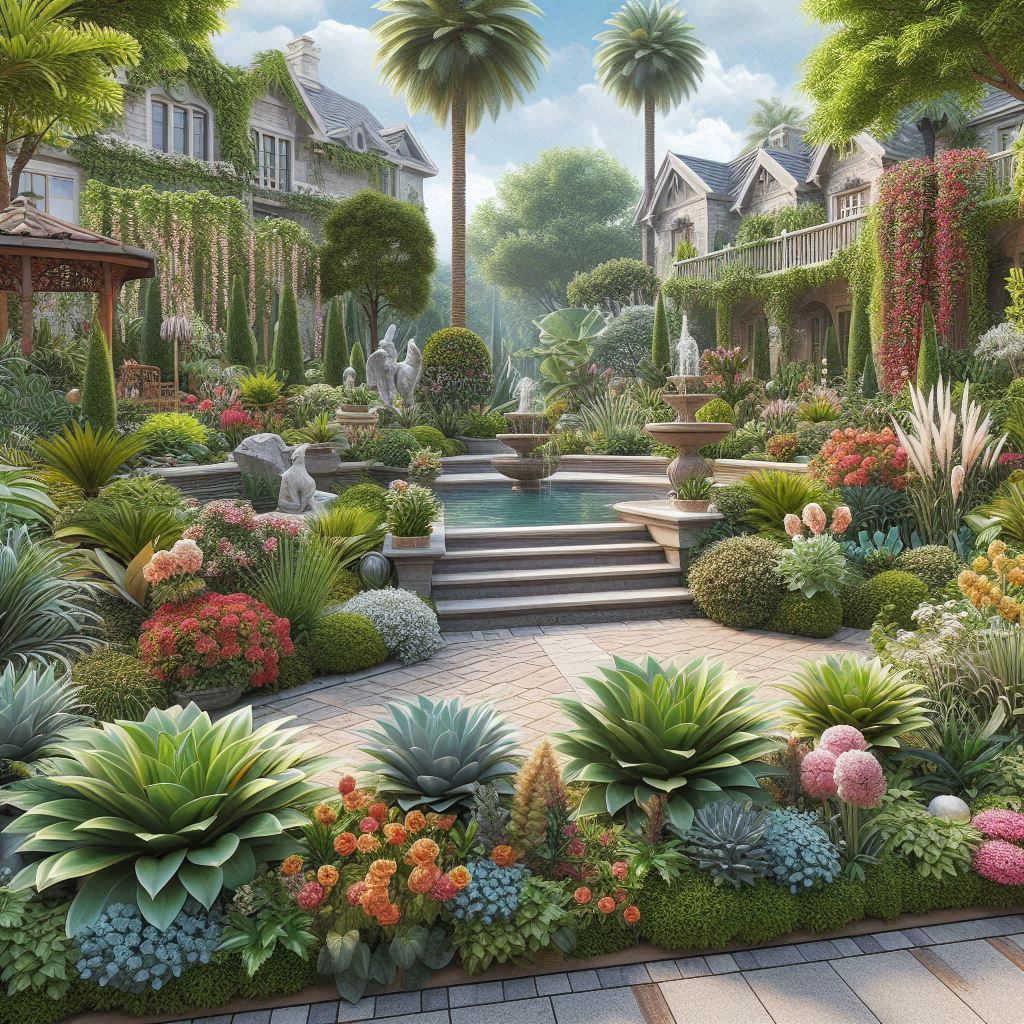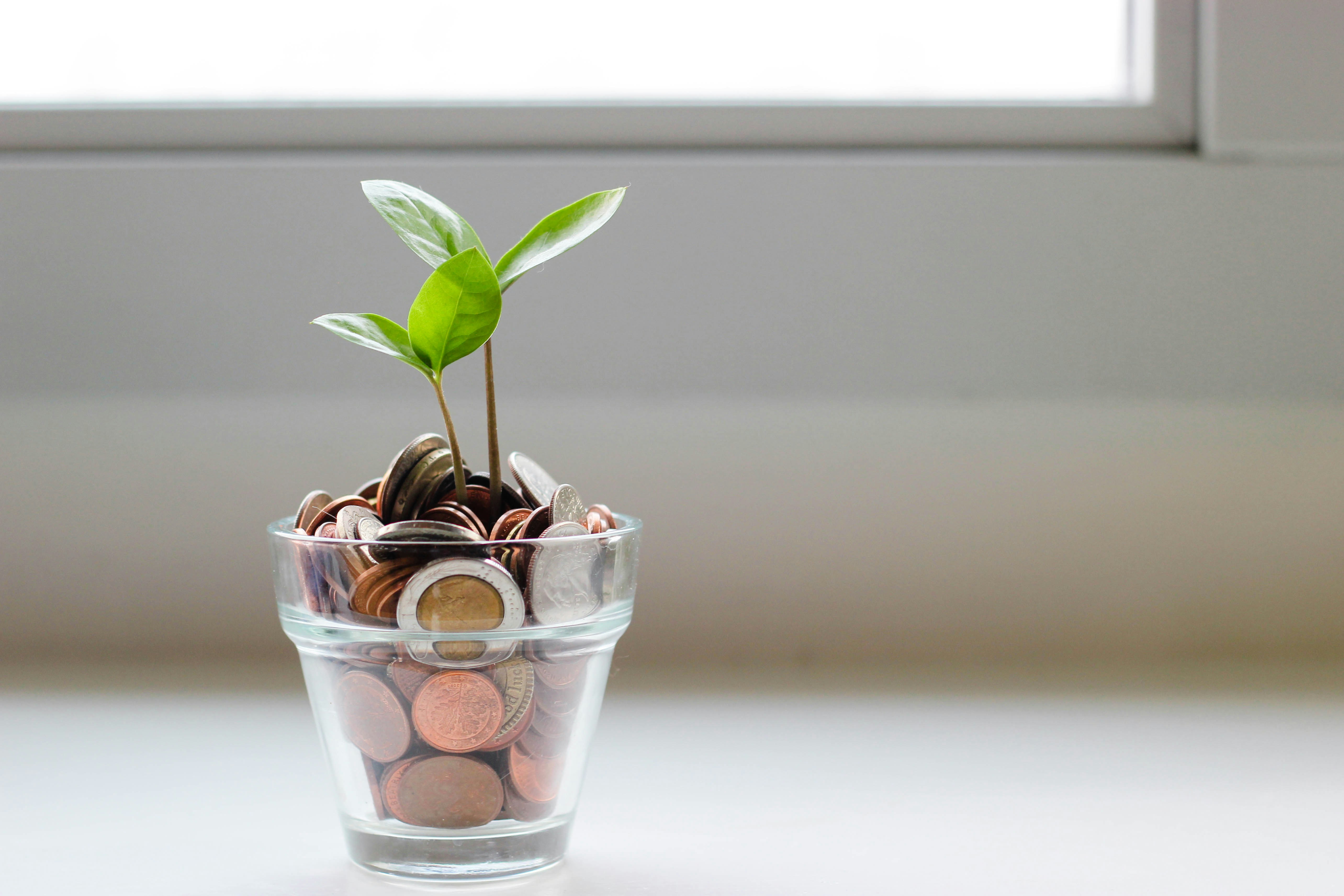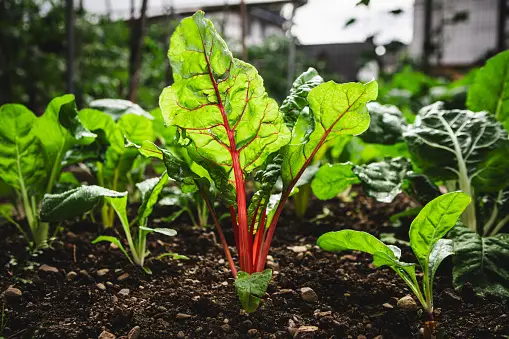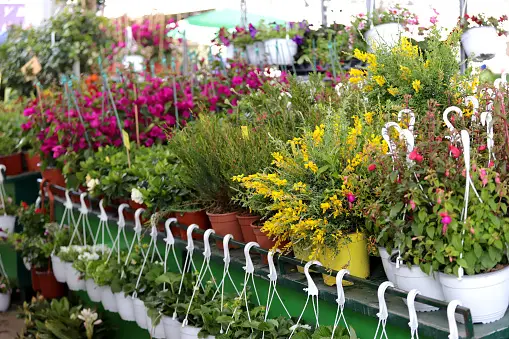Discover expert tips for creating a year-round blooming garden. From choosing the right location to low-maintenance perennials, this guide ensures vibrant blooms in every season. Get inspired and cultivate your own floral masterpiece
Introduction
Designing a garden that blooms all year round is as choreographic as orchestrating the world’s best musicians with nature as the conductor. When you get inside this green environment, it is desirable to see the interaction of colours, smells and touch. With these secrets, a novice gardener will be set on a right path to creating the garden- one that sings through spring, summer, autumn and winter.
Imagine: A better example of this is when the sun comes up and brightens the morning dew on a flower. Bulbs come out in the spring and their heads droop to show they are ready. Summer appears and with it there comes the most captivating blooms of the annuals so dear to life. Autumn depicts the area using warm tones, and winter tries to be as romantic at the same time. Your garden grows like a piece of music, day by day, year by year the rising and falling of notes of a song. Therefore, let us take our trowels and commence this rather alluring affair.
Imagine: A better example of this is when the sun comes up and brightens the morning dew on a flower. Bulbs come out in the spring and their heads droop to show they are ready. Summer appears and with it there comes the most captivating blooms of the annuals so dear to life. Autumn depicts the area using warm tones, and winter tries to be as romantic at the same time. Your garden grows like a piece of music, day by day, year by year the rising and falling of notes of a song. Therefore, let us take our trowels and commence this rather alluring affair.
1.Choose the Right Location:
Sunlight and Hardiness Zone: The right place is the key decision when planning on perennial herbs garden. Target of at least six hours of direct sun exposure a day. Also, take into account the USDA Hardiness Zone to select plants, which winter climate can endure in the given area. These tough plants will blossom and pay you back with flowers that last throughout the seasons. That also means monitoring microclimates because exposure and heat emissivity also help determine the plant’s condition and developmental rate.
Water Availability: Water/rain availability is important. Make sure the selected area is close to water source. If you are located in a dry area, then you should consider planting the dry adapted perennials. Soil preparation is also very crucial; take a soil sample to test on PH and nutrient value. It is recommended that you make alterations on to the type of soil that is required to support growth of your plants.
Water Availability: Water/rain availability is important. Make sure the selected area is close to water source. If you are located in a dry area, then you should consider planting the dry adapted perennials. Soil preparation is also very crucial; take a soil sample to test on PH and nutrient value. It is recommended that you make alterations on to the type of soil that is required to support growth of your plants.
2. Understanding Seasons and Bloom Times:
Staggered Blooms: In this case, the gardener is encouraged to stagger the flowers in a bid to ensure color right from the initial and up to the closing months of spring. Plant varieties of flowers which bloom at different times of the year. Spring gives daffodils, hyacinths and tulips. During summer, one gets to see petunia, geraniums, sunflowers, not forgetting the sweetly fragrant lavenders. When the phase starts with the fall, welcome asters, mums, and pansies. Despite the cold, one is able to find snowdrops, hellebore or winter Daphne a bit of color in the garden. Therefore, when you plan, you’ll have a garden that is masterfully designed to suit each season.
Fall Bulbs: Spring, however, does not have to be ignored. Some other plants with bulbs have to be sown in the fall; these are the crocus and the snowdrop, for example. These early bloomers will improvise beautiful sights for you when winter is gone, but before spring steps in. This means that understanding the normalcy or the lifecycle of plants is preferably an important aspect in gardening so that flowers are always in the garden all year round.
Fall Bulbs: Spring, however, does not have to be ignored. Some other plants with bulbs have to be sown in the fall; these are the crocus and the snowdrop, for example. These early bloomers will improvise beautiful sights for you when winter is gone, but before spring steps in. This means that understanding the normalcy or the lifecycle of plants is preferably an important aspect in gardening so that flowers are always in the garden all year round.
3.Soil Preparation and Plant Selection:
Soil Health: The following are the tips that need to be followed before planting, choose the best soil. This involves a process of soil testing that you do to check the possibility that the PH or nutrient content is right. Add more organic matter and compost to the ground or any other items that might be required. In its natural organic state, the soil is good for the roots of the plants and all round plant health.
Mixing Annuals and Perennials: It is better to use annuals and perennials in the design of a garden so that it is not monotonous throughout the year. The annual plants give a blast of color and the perennials give enduring color. Certain stem colorations are suitable for fall, as well as the foliage, and the structure of the plant. For this reason, a well-coordinated color palette guarantees the display’s aesthetic appeal throughout the year.
Mixing Annuals and Perennials: It is better to use annuals and perennials in the design of a garden so that it is not monotonous throughout the year. The annual plants give a blast of color and the perennials give enduring color. Certain stem colorations are suitable for fall, as well as the foliage, and the structure of the plant. For this reason, a well-coordinated color palette guarantees the display’s aesthetic appeal throughout the year.
4.Watering and Maintenance
Consistent Watering: Any gardener quickly comprehends this simply – the perennials require steady water, especially when the climate is arid. It better to water deeply not frequent this way the water can reach the deep roots and dry up the soil. Organic matter should be added around the plants to help it conserve the moisture and at the same time control weeds. Maintain your garden cleanliness by eradicating unnecessary plants and give room for the plants to grow by doing the following.
Clearing and Pruning: In the process of maintaining the plants cut off any fading blooms and also trim off dead or damaged branches as the seasons come and go. This promotes the new growth and leaves out the disease. That is why a garden that is well taken care of and cared for pays the gardener with flowers in abundance.
Clearing and Pruning: In the process of maintaining the plants cut off any fading blooms and also trim off dead or damaged branches as the seasons come and go. This promotes the new growth and leaves out the disease. That is why a garden that is well taken care of and cared for pays the gardener with flowers in abundance.
5. Crop Rotation and Creative Structures
Crop Rotation: Do not farm on one field for many years as this makes the soil to lose its fertility. One thing is that plants require different nutrient densities and so, changing their positions ensures the soil nutrient balance. When spacings are well observed no plant interferes with the other and all the plants are given space to grow.
Structures and Inspiration: Addition to garden to structures such as trellises, raised beds or what can be described as decorative containers. These gives the building an aesthetic touch and at the same time serve as support to climbing plants. Garden design ideas can be used to come up with a custom set up for a garden that will need to welcome people in.
Structures and Inspiration: Addition to garden to structures such as trellises, raised beds or what can be described as decorative containers. These gives the building an aesthetic touch and at the same time serve as support to climbing plants. Garden design ideas can be used to come up with a custom set up for a garden that will need to welcome people in.
6.Crop Rotation:Preserving Soil Health
Crop rotation, to be precise, can be well explained as a waltz of your plants. This way, you do not exhaust the soil in the same places because you shift the positions of the plants with each season. Different plants require different nutrient mix and by swapping them there is no soil nutrient that will be pulled strongly than the other. This practice also minimizes on pest and disease incidences and general health complications. Think of your garden as a social event such as dinner- each guest (plant) enjoys a turn at the dance floor (soil) and everyone is a winner.
Optimal Spacing: As with dancers who require space to twirl, so also do your plants require space so that they can grow and produce for you. There is spacing to avoid overcrowding of the plants in this method of horticultural planting. As plants are placed along each other they are likely to fight for light, water and other important nutrients. Over crowding also has negative effects on growth of children and common ailments are more prevalent in such areas. Therefore, you need to allow your perennials some space! To some, they will humbly rock in the garden breeze while displaying their flowers.
Optimal Spacing: As with dancers who require space to twirl, so also do your plants require space so that they can grow and produce for you. There is spacing to avoid overcrowding of the plants in this method of horticultural planting. As plants are placed along each other they are likely to fight for light, water and other important nutrients. Over crowding also has negative effects on growth of children and common ailments are more prevalent in such areas. Therefore, you need to allow your perennials some space! To some, they will humbly rock in the garden breeze while displaying their flowers.
7.Inspiration and Structures:Garden Artistry
Your garden is the stage that you have been provided for the play. Allow yourself to be inspired by garden design tips! Speaking about design elements, one should take into account the choice of color, the surfaces, and the objects’ accents. Perhaps you will make an oriental tea corner with a Japanese stone lamp and a bamboo. Or maybe you like a neat and precise design of the English garden or a free and whimsical view of a cottage garden. Let your imagination to grow as plants do.
Adding Structures: Add arbors to your garden to transform your garden into another level. Roses climbing up the trellises or clematis creates visual depth and height. The kind of garden that needs to be established is the one with raised beds since it has enhanced drainage and is more encouraging to the back. Containers are movable and portable, whether the planters are old-fashioned terracotta pots that give a more natural feel or the smart plant pots that are in style and can be placed anywhere they are needed. These structures not only serve a functional aspect but also are really pleasing to the eye of the readers.
Adding Structures: Add arbors to your garden to transform your garden into another level. Roses climbing up the trellises or clematis creates visual depth and height. The kind of garden that needs to be established is the one with raised beds since it has enhanced drainage and is more encouraging to the back. Containers are movable and portable, whether the planters are old-fashioned terracotta pots that give a more natural feel or the smart plant pots that are in style and can be placed anywhere they are needed. These structures not only serve a functional aspect but also are really pleasing to the eye of the readers.
Conclusion
Before we end the horticultural symphony allow yourself to smell something in the garden or even your own garden if you are into gardening. It is time for you to remember the beat of crop rotation, the choice of plants, and the subtlety of preparing the fertile ground. Your perennials undulate gently and your petals perform like strings; reflecting beams of light. The trellises, the raised beds, the containers, they are the supporting chords, and add rhythm to your flowers.
This is why gardening is not merely about petals and stems, but about life and death. Therefore, while watering the flowers in the morning or strolling by the garden at dusk knowing that you have developed not only the garden but also beautiful memories. May it be a symbol of the time and effort you have invested as well as the passion you have for flowers all year round.
This is why gardening is not merely about petals and stems, but about life and death. Therefore, while watering the flowers in the morning or strolling by the garden at dusk knowing that you have developed not only the garden but also beautiful memories. May it be a symbol of the time and effort you have invested as well as the passion you have for flowers all year round.


























